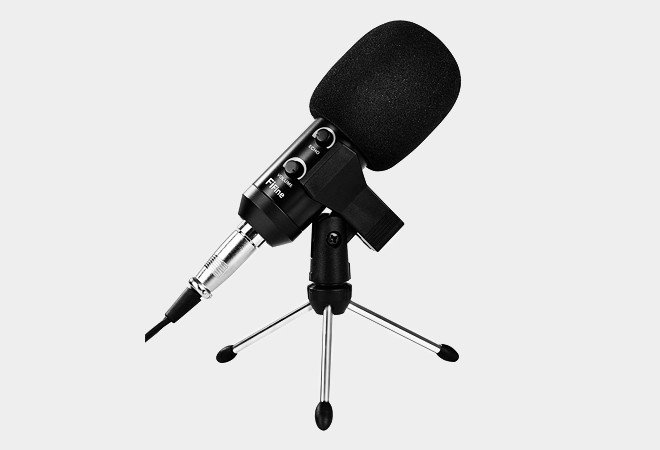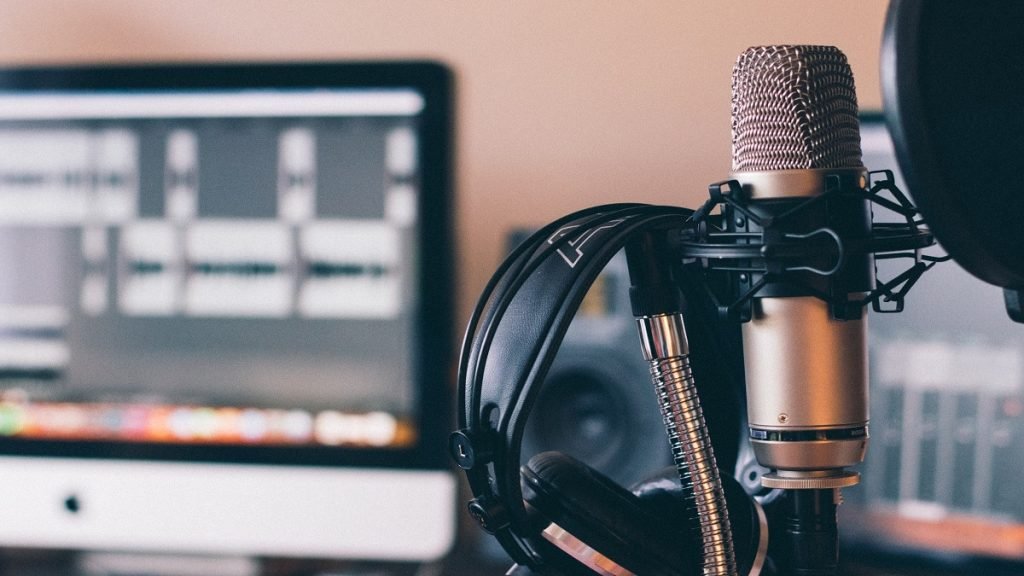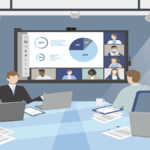All of the podcasting statistics promise continued growth in the industry. More businesses and entrepreneurs are launching podcasts nowadays. Whether you are planning to launch a new podcast or want to develop your current one, you must consider the best podcast tools you need.
The fact is, you can get overwhelmed when it is about podcasting. After all, the more complex something is, the more components you need to manage. Files, guests, and editing your content can take lots of time, both for you and your crew. Technical hassles aren’t beneficial either because they can disrupt your other operations. To help you, we have created a list of what we think are the must-have tools for podcasting.
Best Podcast Tools You Need
1. A Good Computer
It’s entirely possible to record podcasts or stream live audio on smartphones nowadays, but it’s quicker, easier, and usually more professional to create and stream content on a personal computer. It doesn’t matter whether you have a PC or Mac, and the majority of modern laptops and desktops are fast enough for the audio tasks required.
If you are only recording audio and processing, any laptop or modern computer will do. However, if you are trying to livestream video or games from a PC, you need a powerful computer that lets you both play the game and run your streaming software without lag or trouble. If you plan to record or edit video, you will also want a computer with a good amount of RAM for rendering.
2. A USB Microphone

The mic is the most essential podcast equipment you need. Most mics built into headphones, phones, and laptops are good enough for calls and online meetings, but they could be better for podcast stories or streams. The easiest way to improve your sound quality is with a USB microphone. These plug into your computer and allow you to record audio in surprisingly high quality, considering their ease of setup.
There are many excellent ones and weird, off-brand models for sale online. Avoid those. Go for popular and established brands. If you need more clarification, do some quick research on the internet to find which brands and models are hot favorites among podcasters.
3. An Audio Interface
Consider buying an audio interface if you have multiple people to record or stream at once. These external audio devices plug into a computer via a USB port and enable you to use conventional non-USB microphones. They also usually have headphone jacks, so you can listen and record.
The price of audio interfaces starts at about $100 for one with a single channel. It offers a single input for a microphone or instrument cable. They can cost several thousand dollars for models with many inputs and other advanced features.
4. Mic Stands
To set up your microphones, you will need a well-built mic stand. A mic stand also helps you position your mic so you don’t have to bend down to speak into it. If you are not too picky about what kind of mic stand to get or if you have a limited budget, you can find many affordable tabletop mic stands. But if you want more flexibility, consider investing in bendable desktop boom arms.
It will free up desk space, and you will be able to swiftly position and push the microphone away without twisting any knobs or buttons. Some condenser microphones go together with their stand, designed for ease of use and flexibility.
5. Headphones

Headphones act as your audio monitor. This is why you will regularly find many podcasters and even recording artists with headphones while recording. It may seem weird hearing your voice at first, but it is the best way to check your audio quality and observe any overlapping noise and jagged mic sound levels, so you don’t need to do retakes.
While some podcasters use earbuds efficiently, you may consider closed-back headphones for a professional podcast studio. This stops the sound in the earpieces from spilling out and interfering with your microphone. There are a lot of high-quality podcasting headphones at almost every price point.
6. A Pop Filter
Many microphones come with built-in filters to help keep your sounds from popping the mic, but if yours doesn’t have one, you can consider buying a cheap pop filter that can attach to a desk or mic stand. If you are a streamer, you should place the mic further than your face or off to the side, pointed at your mouth; pop filters can sometimes block your view.
Read More: 9 Best Podcast Apps
7. Memory Storage Devices
Audio producers are advised to export heavy audio files they don’t need instantly (such as old, raw materials) to external hard drives so their computers’ internal memory can continue working faster during import, audio editing, and export. But for podcasting, you may consider starting with smaller external portable hard drives and upgrading from there. USB drives are also of beneficial use if you are required to bring, share, or submit your content in person.
8. A Good Camera
The most necessary part of the live streaming gear is a good webcam. Many people also possess action cams or other more excellent photo cameras. If you have a GoPro, DSLR, or mirrorless camera, you can also use it as a webcam substitution.
Keep in mind that GoPro’s webcam software works well for short recordings but may not support extended live streams reliably and that DSLR and mirrorless cameras aren’t always well-equipped to shoot videos for an extended period with their sensors open. You may want a camera the manufacturer recommends for long-form videos.
If you require switching between cameras or are looking for push-button controls for your stream, many cameras let you create personal controls for shooting video or streaming directly from your desk. It is one of the best podcast tools you need.
What Makes A Podcast Successful?
Many things matter to making a podcast successful, but few are more significant than finding and building your audience. Your audience is the chief reason sponsors support you, which means your listenership is finally what helps you succeed.
How do you create that listenership? Be steady, stick to the theme of your podcast, frequently ask for feedback, endorse your podcast on social media, and approach the right sponsors with opportunities. The more unified and on-brand you can be from the beginning, the better. For a professional podcast, consider the best podcast tools you need.







